Football season for players means long practices, late nights, and hard hits. For some unfortunate individuals, it can also mean damaging injuries. One of the most dangerous injuries that football players come into contact with is a concussion. A concussion occurs when a hit occurs to the head, causing the brain to bounce against the side of the skull. Concussions range from grade one (least severe) to grade three (most severe). The most serious type of concussion is a grade three concussion that results in a brain bleed. Depending on how hard the hit is to the head, it can cause effects such as headaches, memory loss, nausea, and lack of coordination.
Pleasant Valley nurse, Pam Cinadr, shares, “When it’s not football season, we don’t get as many accident reports for concussions.” Meaning that concussions and other head trauma injuries are going unreported. The rule that exists at Pleasant Valley is that three concussions results in the inability to participate furthermore in a sport, which is why athletes sometimes do not report the injury they have received. Multiple concussions can result in more severe medical problems such as seizures, tremors, and long term brain damage.
The most common athlete to receive concussions are football players, followed by a surprising number of cheerleaders. Since cheerleading involves “flyers” stunting up into the air, there is room for mishap. “Obviously cheer nowadays has mats they practice on, but there is still no way to totally prevent accidental falls,” Cinadr shares. To treat a concussion, one needs “complete and total brain rest,” according to Cinadr. “No technology, no lights, no homework. Anything that puts stress on the brain is off limits for a concussion.”
Senior Zach James shares his own experience with a recent concussion from football, “After I got hit, the athletic trainer asked me basic questions, I was ready to go back in the game but he didn’t allow me because of possible further injury. The next day was when I took my concussion test he compared it to a baseline test to determine that I had a concussion for sure.”
All Pleasant Valley athletes are required to take a baseline concussion test before their season. This test consists of things such as: memory, coordination, and balance to determine an athlete’s “baseline” levels. If injury occurs, the athlete will take the tests again and from those results, it is determined if a concussion is present. James shares, “I was off balance for a couple days and was very confused and had low energy.” For most athletes who have dealt with concussions, this is the reality.
There is no true way to prevent a head injury. Limiting head to head contact is the first step, but ultimately accidents happen. Concussions can occur anywhere, whether it be on the football field, during a cheer stunt, or during an accidental collision with a friend. Head weightlifting coach, Ryan Arnold says, “Symptoms of a concussion are dizziness, headache, and nausea. It is possible to have experienced a concussion without knowing it.” If you are experiencing any of these symptoms and have had a head injury, it is critical to get into contact with Athletic Trainer, Jason Veal, or nurse, Pam Cinadr.


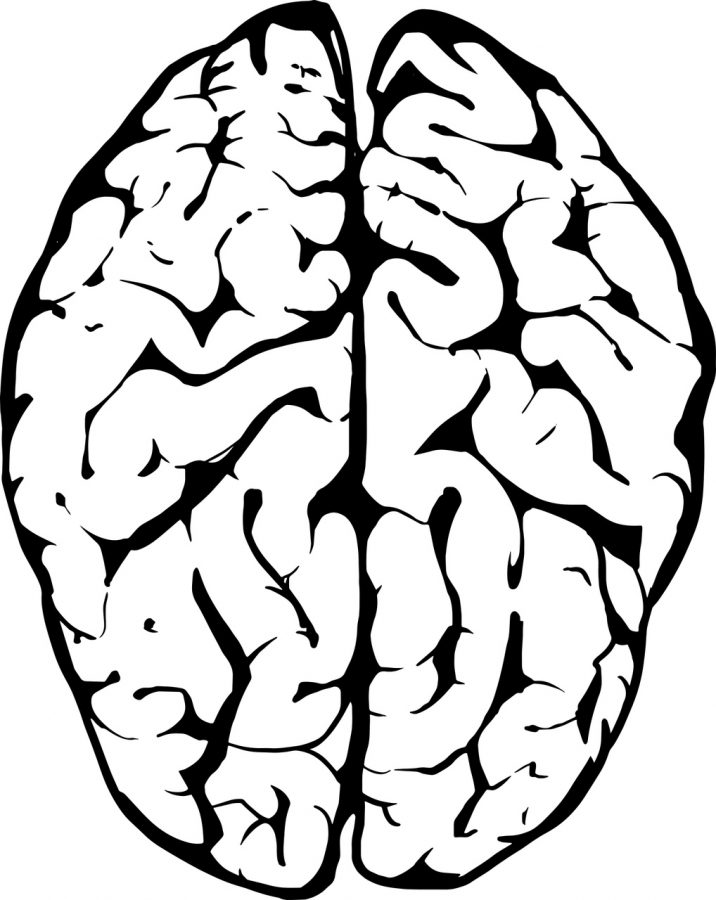
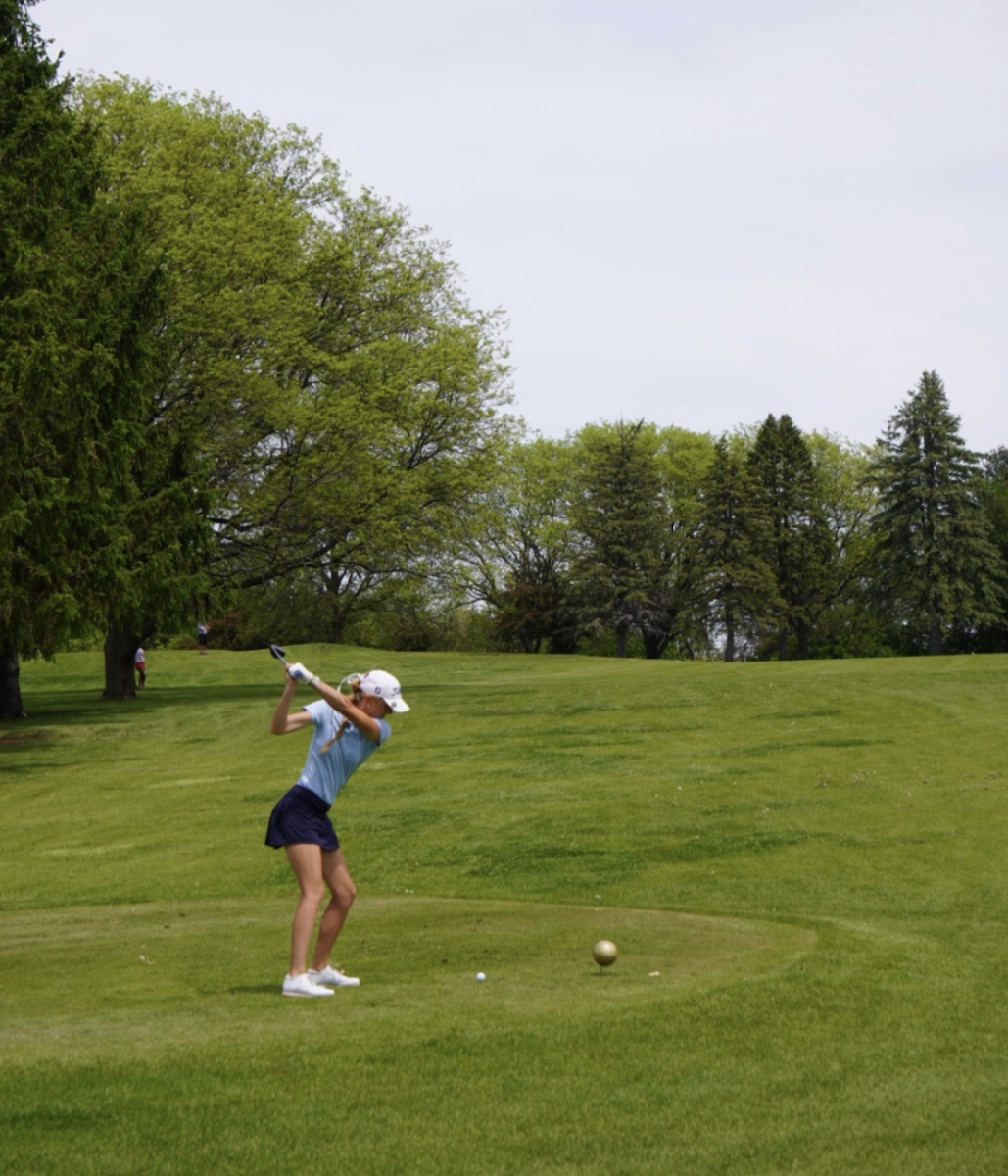
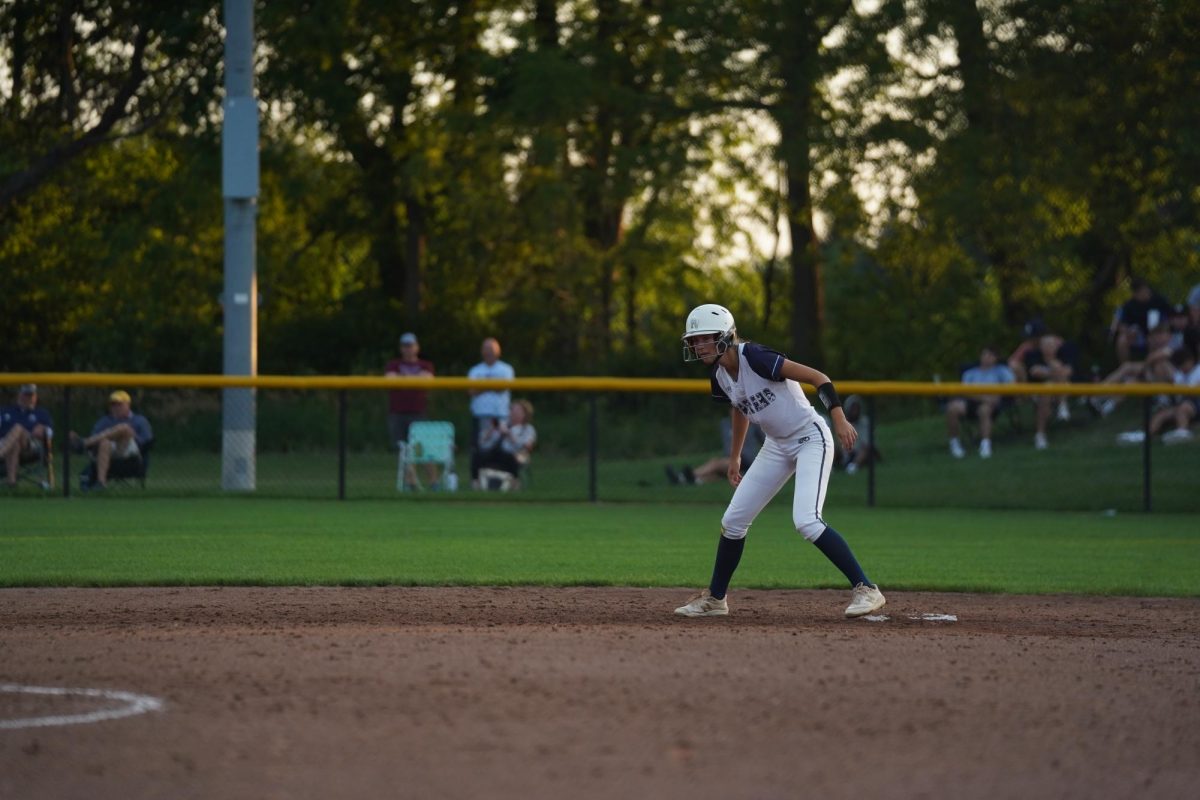

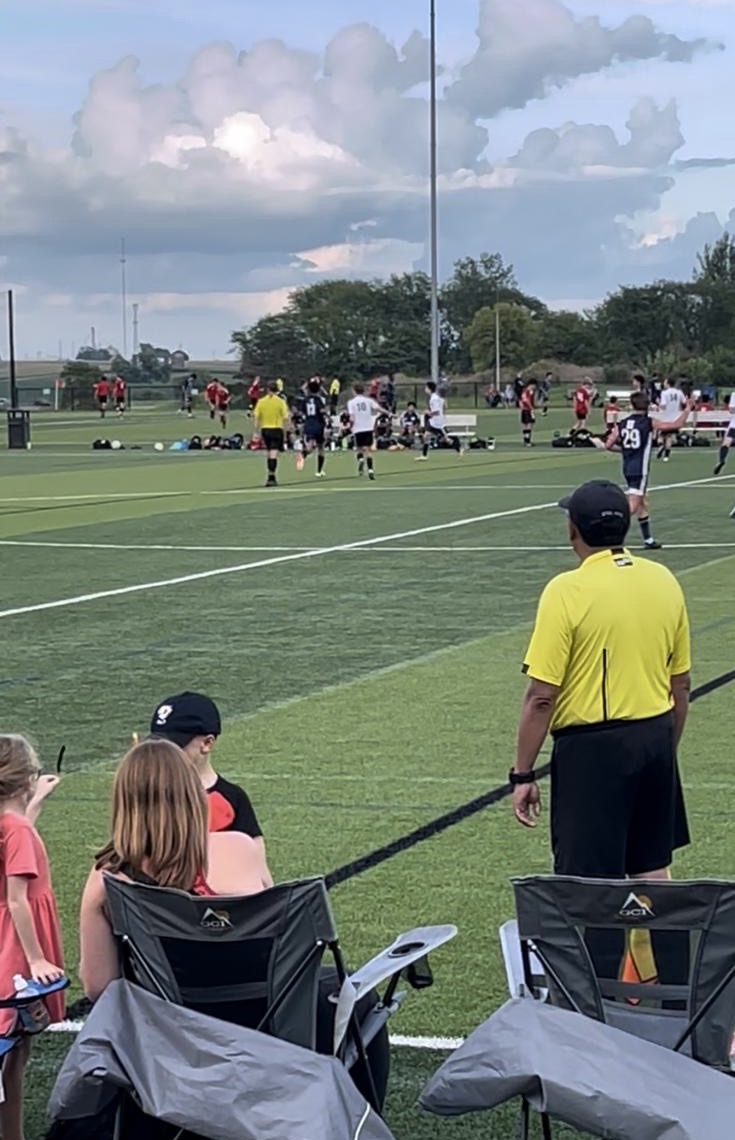
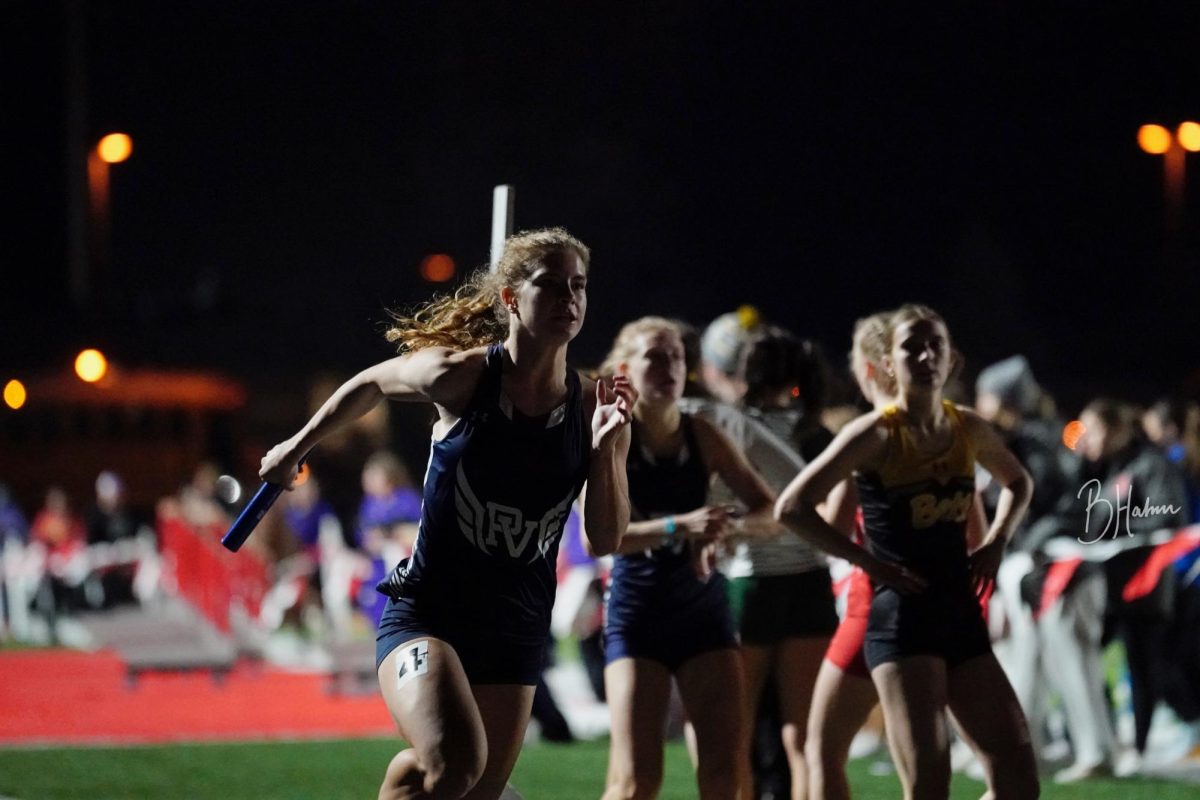
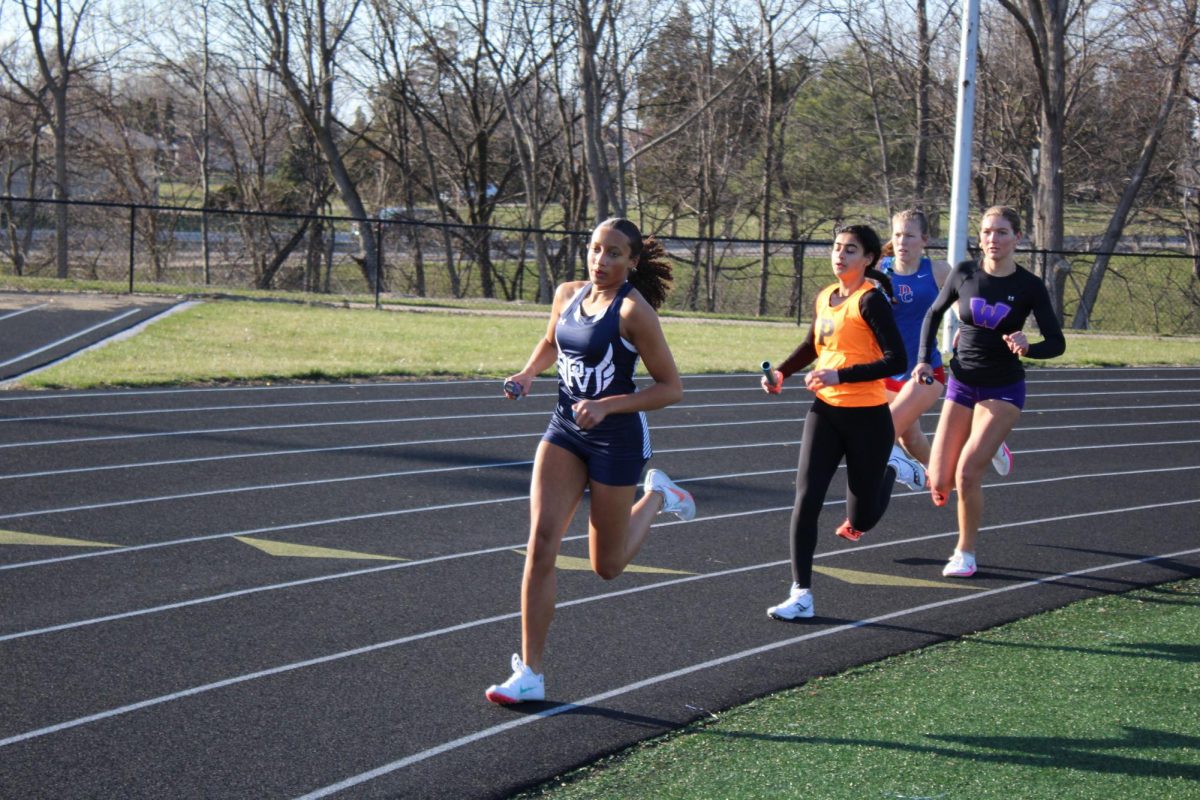

Adam Kunau • Oct 11, 2017 at 10:14 pm
This is very true, concussions are no joke. Actually however, soccer players and cheerleaders get more concussions on average than football players. Despite this however, concussions should absolutely be treated with the utmost care.